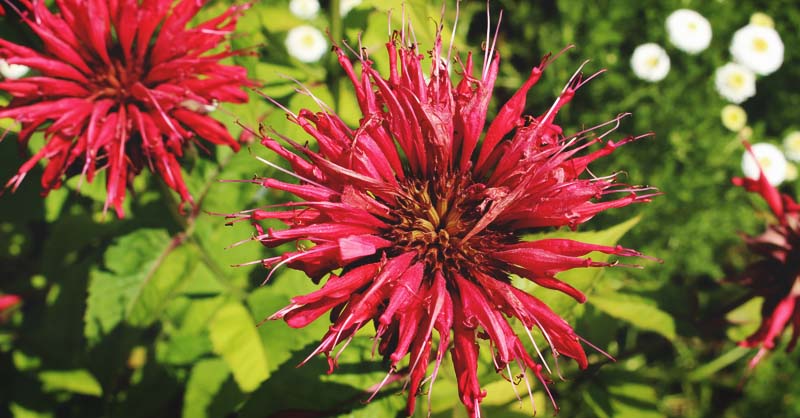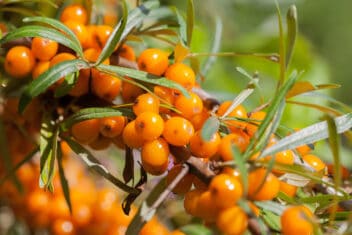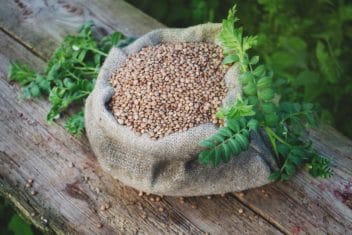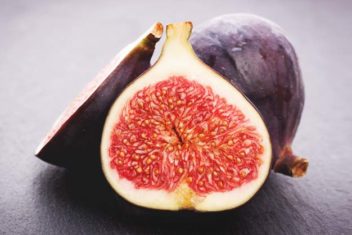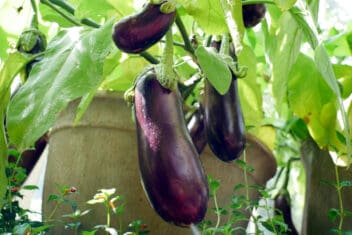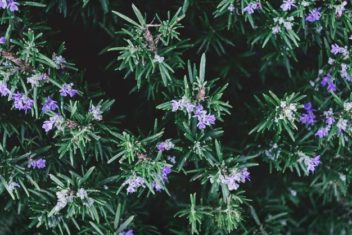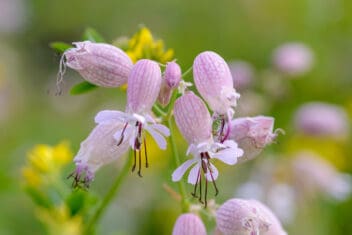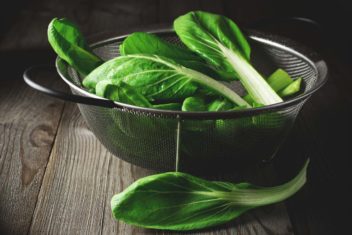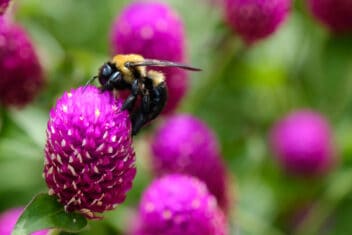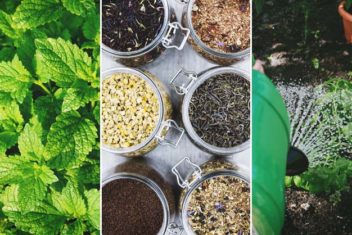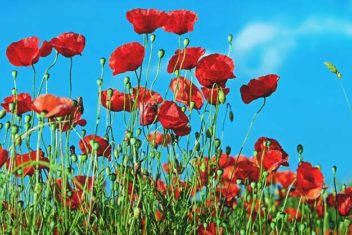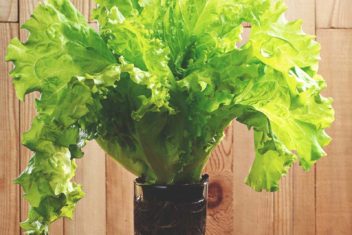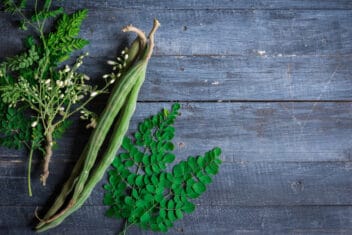If there’s one plant I will always have growing in my garden, it’s bee balm. Also known as bergamot, horsemint or Oswego tea, this North American native is a unique-looking member of the mint family that is invaluable in the garden.
Bee balm is trouble-free to grow, tastes delicious, and has many health benefits, so it’s worth growing in your herb garden. It was once used by Native American people for cold and flu relief. Medicinally, this herb is quite potent, and a little goes a long way.
It can be used to treat cold and flu symptoms, menstrual pain, headaches, and insomnia. The leaves can be used as a poultice for bruises and skin infections. A few leaves in hot water is a refreshing way to breathe through a cold. You can also use the leaves as aromatherapy.
With a similar flavor to earl grey tea, bee balm can be peppery or have a light citrus flavor depending on the variety and where you grow it.
As the name suggests, bees love it, and I’ve used bee balm to encourage pollinators into my garden. When bees visit bee balm in full bloom, the resulting honey has a distinctive flavor that will remind you of crushed earl gray tea.
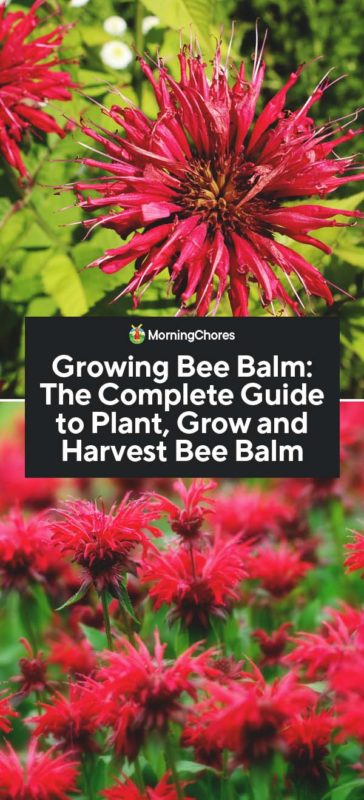
Bee Balm Varieties
Bee balm flowers in pink, red and white and bloom in early to late summer. You can find compact or miniature versions, as well as big, rangy, bold varieties.
Eastern Bee Balm
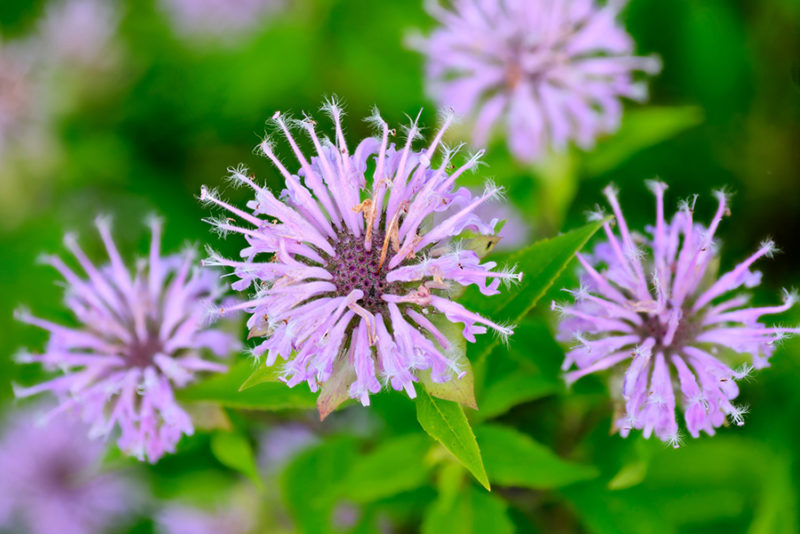
Eastern bee balm is a lovely purple variety that produces a lot of nectar. Like all bee balm, it will attract bees, butterflies, and if you’re lucky, hummingbirds. It’s common in the central and southeast United States.
Lemon Bee Balm
This annual is a wildflower but it’s also cultivated by bee balm lovers. When you crush the foliage, a pleasant lemon aroma fills the garden. Lemon bee balm has thin, grass-like leaves and is a compact grower.
Crimson Bee Balm
The perennial ornamental produces red, white, purple, or pink flowers. It’s native to the eastern half of the U.S. and features a delicious orange scent.
Spotted Bee Balm
This type is an annual and perennial depending on where it’s planted. Spotted bee balm has a pleasant thyme aroma and attracts beneficial insects that get rid of other pests.
Other varieties include:
- Petite Wonder (Pink flowers)
- Petite Delight (Pink flowers)
- Marshall’s Delight (Powdery mildew resistant)
- Jacob Cline (Powdery mildew resistant)
- Raspberry Wine (Deep red flowers)
How to Plant Bee Balm
Bee balm is a perennial, so it will be in the spot you plant it in for years to come. Make sure to select the right location to give your plants a good start.
Zones
Bee Balm grows well in zones 2 to 10.
When to Plant Bee Balm
Plant in spring after the last frost has passed. Start indoors 5-8 weeks before the last frost date. You can also direct sow seeds in the fall before the frost hits, but after the heat of summer has passed. This method has proven to be the most successful for me.
Direct Sowing
For direct sowing in spring and fall, ensure the soil is loose down to about 12 inches and work in 4 inches of well-rotted manure.
Plant seeds to 1/8 inch deep when the soil temperature is about 60°F. Water thoroughly, but don’t soak. Germination takes about 21 days. Thin seedlings out to about 12 inches apart.
Growing Indoors
Keep seeds in the fridge for about two weeks before planting in good quality seed raising mix. Once they have germinated and are about two inches tall, plant them outside as long as the soil temperature is around 60°F. Harden them off for about a week before putting them in the ground.
Sun Requirements
Plant in full sun to part shade. If you live in an area that tends to get extremely warm, plant in partial shade.
Soil Requirements
A pH of 6.0 to 7.5 is ideal for bee balm. Ensure the soil is loamy, fertile, humus-rich, and well-draining.
Spacing
Plant seeds or seedlings 12 inches apart. Plant the rows 18 to 24 inches apart.
How to Care for Bee Balm
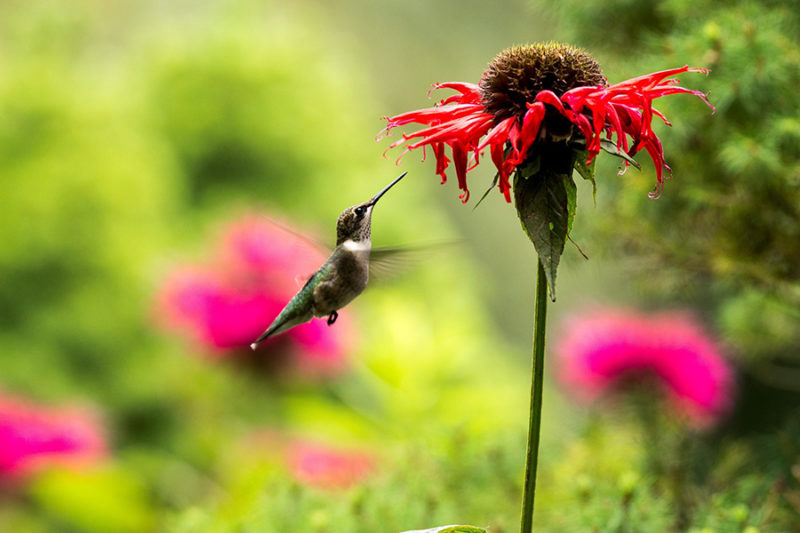
Watering
Bee balm is reasonably drought tolerant, but it does better with regular watering. Don’t soak the soil too much, or you may end up with root rot.
Pruning
When your plants reach about 12 to 15 inches tall, pinch out the top set of leaves to encourage it to spread sideways before flowering.
If you have a few bee balm plants, you can pinch them all at once so they all flower at the same time. Alternately, you can pinch every third or fourth plant to ensure continuous flowering.
Deadhead your flowers after blossoming to encourage a second display. Divide the plants every couple of years if they get too big or if the center dies off. Bee balm is forgiving when divided and you can potentially end up with many plants from one parent plant.
Fertilizer
Dig in well-rotted manure or general fertilizer before planting bee balm. This is normally sufficient, but if your plants look as if they’re lacking, add an all-purpose fertilizer in the spring.
Common Problems and Solutions for Growing Bee Balm
Powdery Mildew
Although not always fatal, the grey powder on the leaves stops photosynthesis and makes the plant look sick. If you live in a humid area, ensure you have plenty of airflow between each plant. Also, give your bee balm a regular spray of neem oil. Ensure you water the soil, not the plants, to prevent mildew.
Root Rot
If you overwater the soil or of the soil isn’t well-draining, root rot can occur. This often happens in the spring or fall if the soil gets sodden. Once you have root rot, the plant nearly always dies, so avoid it as best you can by monitoring your plants’ water levels.
Spider Mites
If you have this pest, you’ll see little yellow holes where the spider mite has sucked out the fluid of the bee balm. You may also see fine webbing on the leaves and flowers. Blast mites off the plant with a spray of water and then use regular applications of neem oil or insecticidal soap.
Thrips
Thrips damage looks similar to spider mites, but without the webbing. To confirm that you have the pest, shake a plant over a piece of white paper. Neem oil, insecticidal soap, and insecticides do the trick here.
Stalk Borer
The larvae of the stalk borer drill into the stalk of plants, at which point you’ll notice your bee balm will start to wilt. If you see a small hole on the stalk with yellowing edges, break the stalk off and see if there are larvae inside. If you see any, throw the plant in the bin.
Unfortunately, stalk borer will kill bee balm if you don’t catch it in time so be vigilant. Spray often with neem oil to discourage the stalk borer moth from visiting.
Companion Plants for Bee Balm
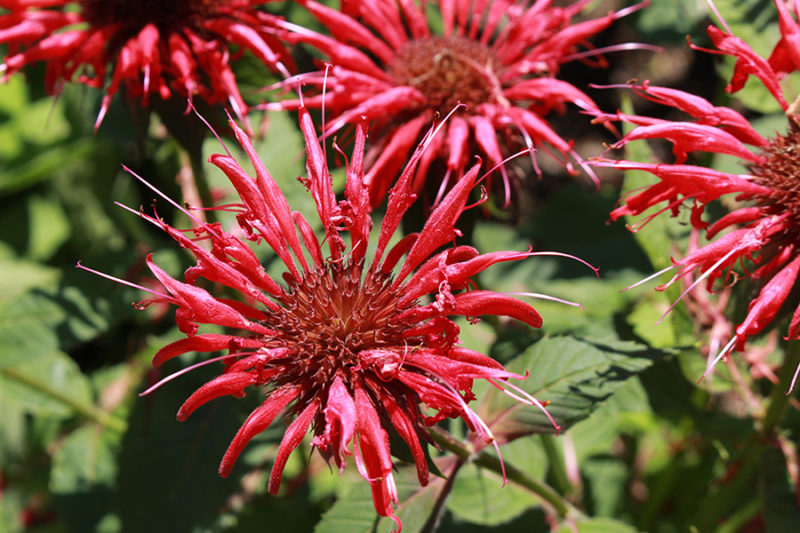
Bee balm can be quite an aggressive grower, so you need strong plants as companions. Plants that grow well with bee balm include:
- Echinacea
- Phlox
- Rudbeckia
- Eupatorium
- Tomato
Don’t plant with:
- Potato
- Cucumber
- Watermelon
- Eggplant
How to Harvest and Use Bee Balm
Harvest the flowers as they appear in the summer. It’s best to pick in the morning before the sun hits the plant. Both the flowers and leaves can be used in lemonade, salads, and iced tea. Get creative and use it to make bread or flavored vinegar.
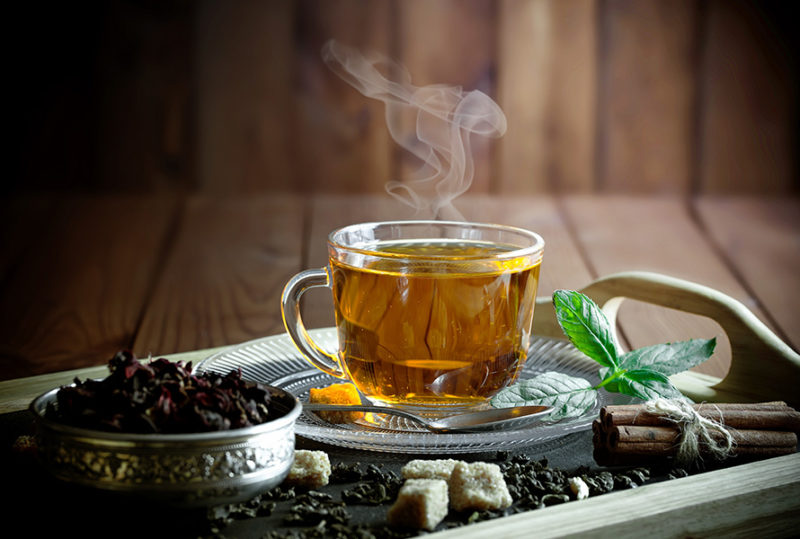
Make a healing tea with both fresh and dried leaves. Note that if you use too many leaves, the taste can be overpowering. If you have a blocked nose, pick a handful of leaves and steep them in hot water before inhaling the aroma.
The crushed leaves release a spicy essential oil that repels mosquitos and gnats.
Bee balm attracts pollinators, and bees in particular love it. If you have beehives, you definitely need to have the pretty plant growing in the garden.
The Bottom Line on Growing Bee Balm
Bee balm is a beautiful addition to the garden. There are so many varieties to choose from, with a range of different colors from white to pink to dark red and everything in between. It’s useful in the medicine cabinet and as a way to attract pollinators. On top of that, it adds flavor to tea, salads, and sandwiches. There’s no reason not to have it in your yard.
